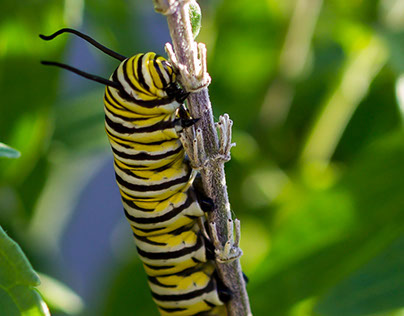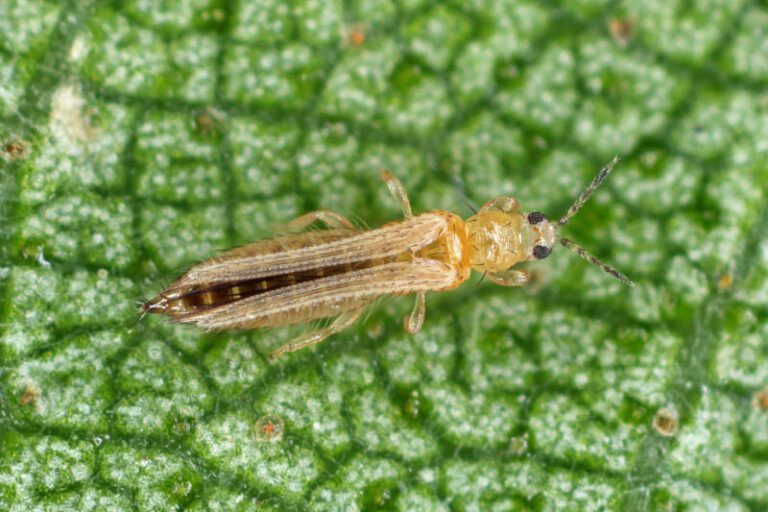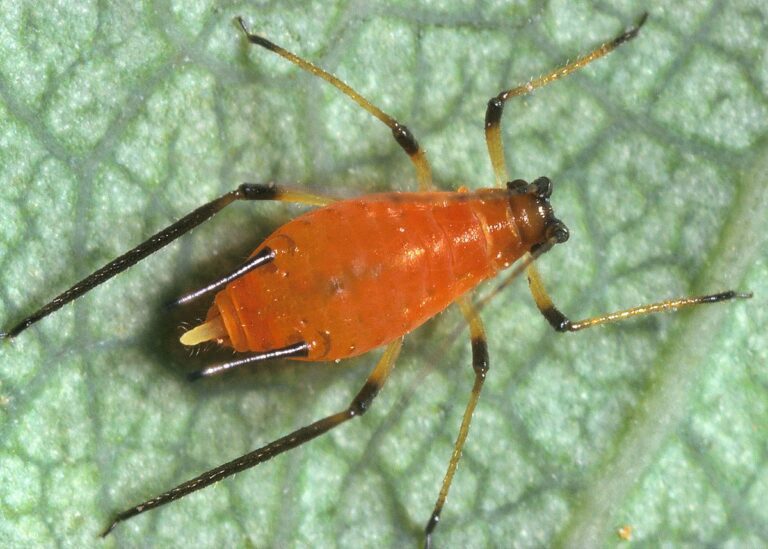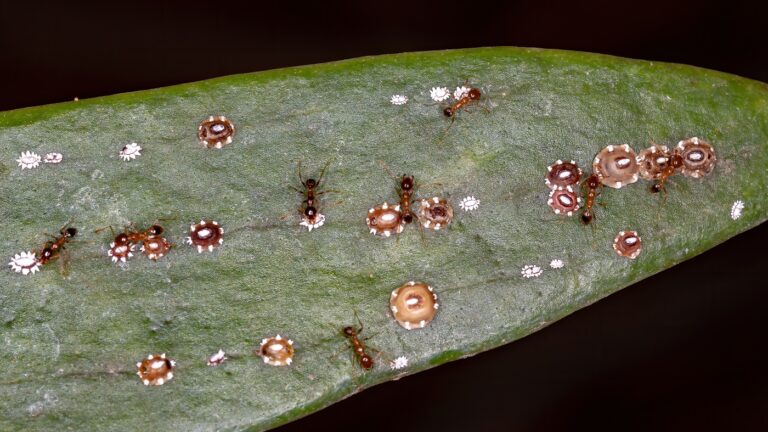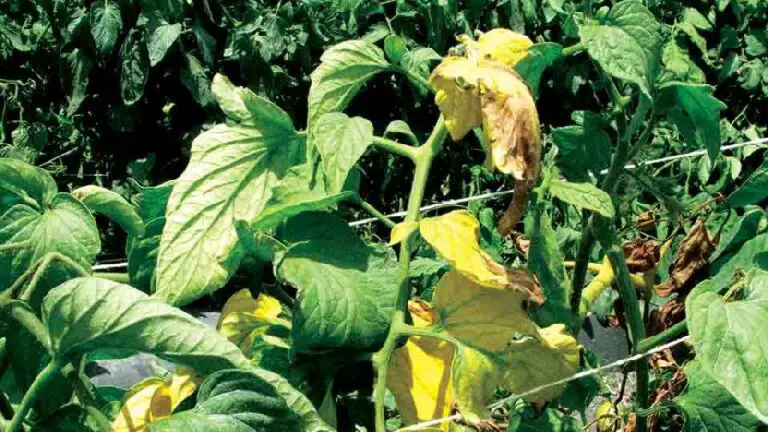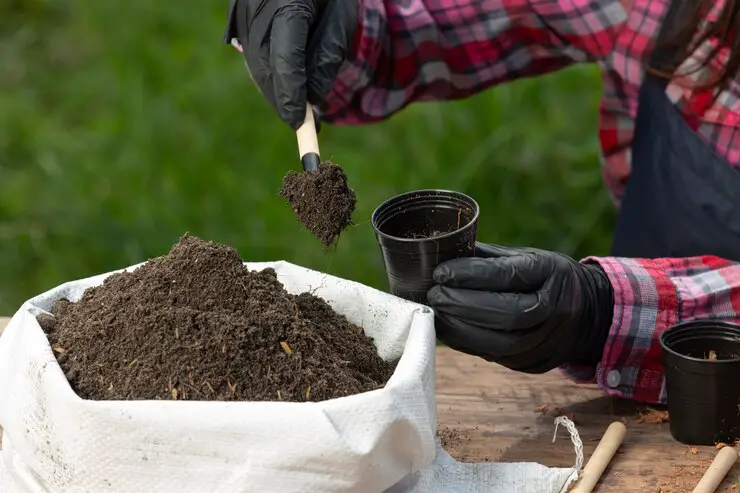Beat Pests Naturally with Sulfur Fungicide
Table of Contents
Identifying Common Pests in Gardens and Crops
Gardening enthusiasts know all too well the frustration of dealing with pests that wreak havoc on their gardens and crops. Identifying these common pests is the first step towards effective pest control. One of the most prevalent pests in gardens and crops are aphids, tiny insects that suck sap from plants and cause significant damage. These pests can be easily identified by their pear-shaped bodies and the presence of sticky residue, known as honeydew, on leaves and stems.
Another common culprit is the tomato hornworm, a large caterpillar that feeds on the leaves and fruits of tomato plants. These pests are recognizable by their green color, horn-like appendages on their rear ends, and the telltale black droppings they leave behind. Additionally, gardeners often encounter the presence of cabbage loopers, which are green worms that feed on cabbage, broccoli, and other cruciferous vegetables. These pests can be identified by their ability to curl into a loop when disturbed.
By familiarizing themselves with these common pests and their distinct features, gardeners can take proactive measures to protect their plants and ensure a bountiful harvest.
• Aphids: These tiny insects have pear-shaped bodies and leave behind sticky residue, known as honeydew, on leaves and stems.
• Tomato Hornworms: Large caterpillars that are green in color with horn-like appendages on their rear ends. They feed on the leaves and fruits of tomato plants.
• Cabbage Loopers: Green worms that feed on cabbage, broccoli, and other cruciferous vegetables. They can curl into a loop when disturbed.
Similarly the table enlist some of the common pests that affect plants:
| Common insect Pests | Crops Affected | Cropping Stage Affected |
|---|---|---|
| Aphids | Beans, cabbage, cucumbers, lettuce, melons, peas, potatoes, squash, tomatoes | All stages, especially young plants |
| Birds | Corn, berries, grapes, cherries, sunflowers | Ripening stage |
| Caterpillars | Cabbage, broccoli, cauliflower, kale, lettuce, spinach, tomatoes, peppers, corn | All stages, especially leaves and fruits |
| Cutworms | Beans, cabbage, carrots, celery, corn, lettuce, peppers, tomatoes | Seedling stage |
| Japanese beetles | Beans, corn, grapes, raspberries, roses, apples, plums, peaches | Flowering and fruiting stage |
| Moles | Potatoes, carrots, beets, turnips, radishes | Rooting stage |
| Slugs and snails | Beans, cabbage, lettuce, strawberries, tomatoes | All stages, especially leaves and fruits |
| Squash bugs | Squash, pumpkins, cucumbers, melons | All stages, especially stems and fruits |
By identifying these common pests in gardens and crops, gardeners can implement effective pest control strategies to minimize damage and maximize yields.
The Potential Risks of Chemical Pesticides
Chemical pesticides have long been used as a go-to solution for controlling pests in gardens and crops. However, it is essential to understand the potential risks associated with their usage. One of the primary concerns is the detrimental impact on human health. Exposure to chemical pesticides can lead to various health issues, including respiratory problems, dermatological reactions, and even more severe conditions like cancer. In addition to health risks, chemical pesticides can also harm beneficial insects, such as bees and butterflies, which play a crucial role in pollination. This disruption in the ecosystem can have far-reaching consequences for the balance of the environment.
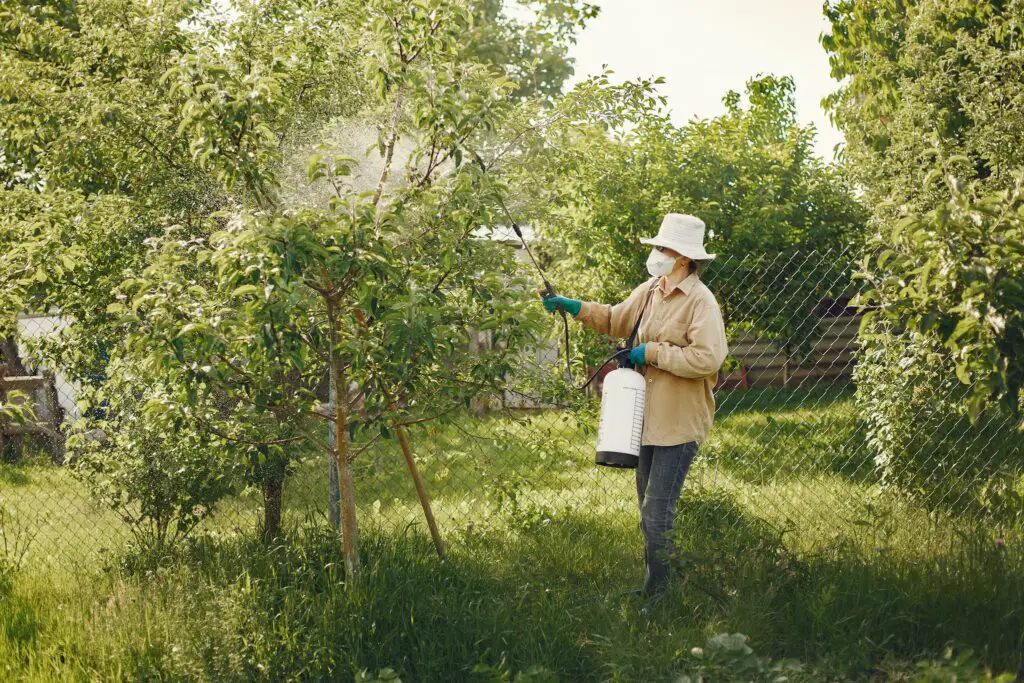
Another significant risk of chemical pesticides is their potential to contaminate soil, water, and the surrounding environment. These pesticides can leach into groundwater or runoff into nearby water bodies, resulting in pollution and the loss of aquatic life. Moreover, prolonged usage of chemical pesticides can lead to the development of pesticide resistance in pests. Over time, pests may become immune to the effects of these pesticides, rendering them ineffective and requiring even stronger chemicals to control the infestations. This creates a harmful cycle that not only puts the environment at risk but also poses a threat to the long-term sustainability of agricultural practices.
In the face of these risks, it becomes imperative to explore alternative pest control methods that are safer and more environmentally friendly. One such solution is the use of sulfur fungicide, which harnesses the power of a naturally occurring element to combat pests effectively. By understanding the potential harms of chemical pesticides, individuals can make informed decisions and adopt more sustainable approaches to pest management.
• Exposure to chemical pesticides can lead to respiratory problems, dermatological reactions, and even cancer.
• Chemical pesticides can harm beneficial insects like bees and butterflies, disrupting the ecosystem and affecting pollination.
• Chemical pesticides have the potential to contaminate soil, water, and the surrounding environment.
• Pesticides leaching into groundwater or running off into water bodies can result in pollution and loss of aquatic life.
• Prolonged usage of chemical pesticides can lead to pesticide resistance in pests, requiring stronger chemicals for control.
• This harmful cycle puts the environment at risk and threatens long-term sustainability of agriculture practices.
• Alternative pest control methods such as sulfur fungicide offer safer and more environmentally friendly solutions.
Introducing Sulfur Fungicide as a Natural Pest Control Solution
Sulfur fungicide is gaining popularity as a natural pest control solution among gardening enthusiasts and farmers alike. Its effectiveness in combating various pests and diseases while remaining environmentally friendly makes it a promising alternative to chemical pesticides. Derived from elemental sulfur, this fungicide harnesses the power of this naturally occurring element to provide a non-toxic and sustainable solution for pest management.
One of the key advantages of sulfur fungicide is its broad spectrum of efficacy. It can effectively control a wide range of fungal diseases, including powdery mildew, rust, and black spot, which commonly afflict gardens and crops. By inhibiting the growth and spread of fungal pathogens, sulfur fungicide helps to protect plant health and preserve crop yields. Moreover, its unique mode of action makes it less prone to resistance development, making it a reliable long-term solution for pest control. Stay tuned to delve deeper into the intricacies of how sulfur fungicide works to combat pests and the various applications it offers in the realm of integrated pest management strategies.
• Sulfur fungicide is gaining popularity as a natural pest control solution among gardening enthusiasts and farmers alike.
• Its effectiveness in combating various pests and diseases while remaining environmentally friendly makes it a promising alternative to chemical pesticides.
• Derived from elemental sulfur, this fungicide harnesses the power of this naturally occurring element to provide a non-toxic and sustainable solution for pest management.
• One of the key advantages of sulfur fungicide is its broad spectrum of efficacy.
• It can effectively control a wide range of fungal diseases, including powdery mildew, rust, and black spot, which commonly afflict gardens and crops.
• By inhibiting the growth and spread of fungal pathogens, sulfur fungicide helps to protect plant health and preserve crop yields.
• Moreover, its unique mode of action makes it less prone to resistance development, making it a reliable long-term solution for pest control.
• Stay tuned to delve deeper into the intricacies of how sulfur fungicide works to combat pests and the various applications it offers in the realm of integrated pest management strategies.
How Sulfur Fungicide Works to Combat Pests
Sulfur fungicide has long been recognized as an effective method for combating pests in gardens and crops. Its mechanism of action involves targeting the cells of fungi and disrupting their normal function. Sulfur, in the form of various sulfur compounds, acts as a contact fungicide, meaning it needs to physically come into contact with the fungi to be effective.
When sulfur fungicide is applied to plants, it adheres to the surface and creates a protective barrier. This barrier prevents spore germination and the further growth and spread of fungi. Additionally, sulfur can inhibit the production of certain enzymes necessary for fungal development, further hampering their growth and reproduction.
Not only does sulfur fungicide effectively combat common garden pests such as powdery mildew, rust, and scab, but it has also been shown to have a preventative effect. By applying sulfur fungicide prior to the onset of disease, gardeners can create a proactive defense against potential fungal outbreaks. Furthermore, sulfur fungicide is considered a broad-spectrum pesticide, meaning it can target a wide range of fungal pathogens, making it a versatile option for pest control in various crop and garden settings.
• Sulfur fungicide targets the cells of fungi and disrupts their normal function.
• It acts as a contact fungicide, requiring physical contact with the fungi to be effective.
• When applied to plants, sulfur fungicide creates a protective barrier on the surface.
• This barrier prevents spore germination and further growth and spread of fungi.
• Sulfur can inhibit the production of certain enzymes necessary for fungal development.
• Sulfur fungicide effectively combats common garden pests such as powdery mildew, rust, and scab.
• It also has a preventative effect when applied before disease onset.
• Sulfur fungicide is considered a broad-spectrum pesticide that can target various fungal pathogens.
Choosing the Right Sulfur Fungicide for Your Needs
When it comes to choosing the right sulfur fungicide for your needs, there are a few important factors to consider. First and foremost, it is crucial to identify the specific pests or diseases that you are trying to control. Different sulfur fungicides are designed to combat specific pests, so understanding the problem at hand is essential.
Additionally, you should take into account the type of plants you are treating. Some sulfur fungicides may be more suitable for certain types of plants, while others may be more versatile and effective across a wide range of plant species. Considering the compatibility of the fungicide with your plants is key to achieving optimal results.
Another aspect to consider is the formulation of the sulfur fungicide. Different formulations, such as wettable powders, dusts, or liquids, may be more practical and easier to apply depending on your specific gardening setup and preferences. It is important to choose a formulation that aligns with your needs and ensures convenient and efficient application.
The table below discusses the advantages and disadvantages of different sulfur fungicide formulation types:
| Sulfur Fungicide Formulation Type | Advantages | Disadvantages |
|---|---|---|
| Wettable powders | Easy to mix and apply with water, less phytotoxic than dusts, less expensive than liquids | May clog spray nozzles, may leave visible residues on plants, may require surfactants or stickers to improve coverage and adhesion |
| Dusts | Easy to apply without water, less likely to clog equipment, less affected by rain or irrigation | More phytotoxic than wettable powders or liquids, less effective than wettable powders or liquids, may drift away from target area, may irritate skin and eyes |
| Liquids | Easy to mix and apply with water, more effective than wettable powders or dusts, less likely to leave visible residues on plants, less likely to irritate skin and eyes | More expensive than wettable powders or dusts, may require agitation to prevent settling, may be incompatible with some other pesticides |
By taking these factors into consideration, you can make an informed decision when choosing the right sulfur fungicide for your gardening needs. Keep in mind that consulting with a local garden center, experienced growers, or agricultural experts can provide valuable insights and recommendations tailored to your specific situation. Ultimately, selecting the most appropriate sulfur fungicide will maximize the effectiveness of your pest control efforts and help maintain the health and vitality of your plants.
• Identify the specific pests or diseases you are trying to control
• Consider the type of plants you are treating
• Take into account the compatibility of the fungicide with your plants
• Consider the formulation of the sulfur fungicide (wettable powders, dusts, liquids)
• Consult with local garden centers, experienced growers, or agricultural experts for recommendations
Understanding the Application Process of Sulfur Fungicide
Sulfur fungicide is an effective natural solution for controlling pests in gardens and crops. Understanding the application process of sulfur fungicide is crucial to ensure maximum pest control and plant health. When applying sulfur fungicide, it is important to consider the timing, dosage, and method of application.
Timing plays a crucial role in the effectiveness of sulfur fungicide. It is recommended to apply the fungicide when the weather conditions are mild and there is no rainfall expected within the next 24 hours. This allows the fungicide to stay on the plants and effectively combat pests without being washed away.

The dosage of sulfur fungicide depends on the type and severity of the pest infestation. It is important to read the manufacturer’s instructions carefully and follow the recommended dosage. Over-application can lead to plant damage, while under-application may not provide effective pest control. Consulting with a local agricultural extension service or gardening expert can help determine the appropriate dosage for specific crops and pests.
The method of application also influences the effectiveness of sulfur fungicide. It can be applied as a dust, spray, or liquid. Dust formulations are suitable for crops with dense foliage, while sprays or liquid formulations are ideal for larger areas. It is important to evenly distribute the fungicide on all plant surfaces, including the underside of leaves, where pests often reside.
In conclusion, understanding the application process of sulfur fungicide is crucial for successful pest control in gardens and crops. By considering the timing, dosage, and method of application, gardeners can effectively combat pests while promoting plant health. Following the manufacturer’s instructions and seeking expert guidance when needed will ensure optimal results in pest management.
• Apply sulfur fungicide when weather conditions are mild and no rainfall is expected within the next 24 hours.
• Read the manufacturer’s instructions carefully to determine the appropriate dosage for specific crops and pests.
• Over-application can lead to plant damage, while under-application may not provide effective pest control.
• Consult with a local agricultural extension service or gardening expert for guidance on dosage.
• Apply sulfur fungicide as a dust, spray, or liquid depending on the crop and foliage density.
• Dust formulations are suitable for crops with dense foliage, while sprays or liquids are ideal for larger areas.
• Ensure that the fungicide is evenly distributed on all plant surfaces, including the underside of leaves where pests often reside.
Precautions and Safety Measures When Using Sulfur Fungicide
When using sulfur fungicide in your garden or crops, it is important to take precautions and follow safety measures to ensure the well-being of both yourself and your plants. Sulfur fungicides can be effective in controlling various pests and diseases, but they should be handled with care.
Firstly, it is crucial to always wear protective clothing, such as gloves, goggles, and a mask, when applying sulfur fungicide. This will help protect your skin, eyes, and lungs from any potential irritation or harm that may arise from contact with the product. Additionally, it is advisable to work in a well-ventilated area to minimize exposure to sulfur fumes.
Furthermore, it is essential to read and follow the instructions provided by the manufacturer carefully. Different sulfur fungicide products may have specific directions and safety precautions, so make sure to understand and adhere to them. It is also necessary to store the fungicide in its original container, away from children, pets, and food.

To maintain a safe environment, it is advisable to keep individuals and animals away from treated areas until the sulfur fungicide has completely dried or absorbed into the soil. This will prevent accidental contact and ingestion. Additionally, it is important to remember that sulfur may interact negatively with certain pesticides or fertilizers. Therefore, it is crucial to avoid mixing sulfur fungicides with other products unless specifically mentioned as safe to do so.
By implementing these precautions and safety measures, you can mitigate potential risks and ensure a safe and effective use of sulfur fungicide in your gardening or crop cultivation practices. Protecting both yourself and your plants should always be a top priority when working with chemical solutions.
• Always wear protective clothing, such as gloves, goggles, and a mask
• Work in a well-ventilated area to minimize exposure to sulfur fumes
• Read and follow the instructions provided by the manufacturer carefully
• Store the fungicide in its original container, away from children, pets, and food
• Keep individuals and animals away from treated areas until the fungicide has dried or absorbed into the soil
• Avoid mixing sulfur fungicides with other products unless specifically mentioned as safe to do so
Targeting Specific Pests with Sulfur Fungicide
Targeting specific pests with sulfur fungicide is an effective and natural way to combat a variety of garden and crop pests. Sulfur fungicide can be used to control common pests such as aphids, mites, thrips, and powdery mildew. Its mode of action is based on its ability to disrupt pest cell membranes and inhibit their growth and reproduction.
One of the main advantages of sulfur fungicide is its broad spectrum of activity, making it an excellent choice for controlling multiple types of pests. Whether you are dealing with an infestation of aphids on your roses or struggling with powdery mildew in your cucumber plants, sulfur fungicide can be a valuable tool in your pest management arsenal. It is particularly effective against fungal diseases that can devastate crops and limit yields. By specifically targeting pests and inhibiting their growth, sulfur fungicide helps to protect plants from damage and ensure healthy growth and development.
• Sulfur fungicide is effective against common pests such as aphids, mites, thrips, and powdery mildew.
• Its mode of action disrupts pest cell membranes and inhibits their growth and reproduction.
• Sulfur fungicide has a broad spectrum of activity, making it suitable for controlling multiple types of pests.
• It can be used to combat fungal diseases that can harm crops and reduce yields.
• By targeting pests and inhibiting their growth, sulfur fungicide helps protect plants from damage and promote healthy growth.
Sure, I can create a table for you. Here is what I found from the web:
| Specific Pests | Optimal Dosage | Side Effects | Methods of Use |
|---|---|---|---|
| Powdery mildew | 2-4 tablespoons per gallon of water | May cause phytotoxicity (plant damage) if applied in hot weather or with oil-based products | Spray on affected plants every 7-10 days until harvest |
| Thrips | 2-4 tablespoons per gallon of water | May cause eye and skin irritation, respiratory problems, or allergic reactions in humans and animals | Spray on affected plants every 7-10 days until harvest |
| Scale | 2-4 tablespoons per gallon of water | May cause eye and skin irritation, respiratory problems, or allergic reactions in humans and animals | Spray on affected plants every 7-10 days until harvest |
| Spider mites | 2-4 tablespoons per gallon of water | May cause eye and skin irritation, respiratory problems, or allergic reactions in humans and animals | Spray on affected plants every 7-10 days until harvest |
| Chiggers | 5-10 pounds per 1000 square feet | May cause eye and skin irritation, respiratory problems, or allergic reactions in humans and animals | Dust on affected areas every 2-4 weeks during the chigger season |
| Brown rot | 1-2 tablespoons per gallon of water | May cause eye and skin irritation, respiratory problems, or allergic reactions in humans and animals | Spray on affected fruits every 10-14 days from bloom to harvest |
| Scab | 1-2 tablespoons per gallon of water | May cause eye and skin irritation, respiratory problems, or allergic reactions in humans and animals | Spray on affected leaves and fruits every 10-14 days from bloom to harvest |
| Psyllids | 2-4 tablespoons per gallon of water | May cause eye and skin irritation, respiratory problems, or allergic reactions in humans and animals | Spray on affected plants every 7-10 days until harvest |
The Benefits of Using Sulfur Fungicide for Pest Control
Sulfur fungicide offers numerous benefits when it comes to pest control in gardens and crops. One of the key advantages is its natural and environmentally friendly nature. Unlike chemical pesticides that can leave harmful residues on plants and in the soil, sulfur fungicide breaks down into sulfur dioxide, a gas that is rapidly dispersed and poses minimal risk to humans and the environment. This makes it an ideal choice for those who prioritize sustainable and eco-friendly gardening practices.
Another benefit of sulfur fungicide is its broad-spectrum control. It effectively targets a wide range of pests, including fungal diseases, mites, and certain insects. This versatility makes it a valuable tool for gardeners and farmers alike, as they can address multiple issues with a single product. Additionally, sulfur fungicide has shown efficacy in reducing pest populations and preventing future infestations. By creating an inhospitable environment for pests, it helps to maintain plant health and minimize crop losses. With its natural and effective pest control properties, sulfur fungicide is a valuable addition to any integrated pest management strategy, offering both short-term results and long-term benefits.
• Natural and environmentally friendly: Sulfur fungicide breaks down into sulfur dioxide, a gas that poses minimal risk to humans and the environment.
• Sustainable and eco-friendly gardening practices: Ideal for those who prioritize sustainable and eco-friendly gardening practices.
• Broad-spectrum control: Targets a wide range of pests, including fungal diseases, mites, and certain insects.
• Versatility: A valuable tool for gardeners and farmers as it can address multiple pest issues with a single product.
• Reduces pest populations: Shows efficacy in reducing pest populations and preventing future infestations.
• Maintains plant health: Creates an inhospitable environment for pests, helping to maintain plant health and minimize crop losses.
• Integrated pest management strategy: A valuable addition to any integrated pest management strategy, offering both short-term results and long-term benefits.
Sulfur Fungicide as a Sustainable and Environmentally Friendly Option
Sulfur fungicide is gaining recognition as a sustainable and environmentally friendly option for pest control in gardens and crops. As awareness grows about the potential risks of chemical pesticides to human health and the environment, many gardeners and farmers are seeking alternative solutions. Sulfur fungicide, derived from elemental sulfur, offers a natural and effective way to combat pests while minimizing harm to ecosystems.
One of the key advantages of sulfur fungicide is its low toxicity to humans and animals. Unlike synthetic pesticides, sulfur fungicide breaks down quickly and does not persist in the environment, reducing the risk of long-term exposure. This makes it a safer option for those who want to grow fruits and vegetables without compromising on their health or the well-being of wildlife. Furthermore, sulfur fungicide is approved for use in organic farming, providing growers with an additional tool for managing pests while adhering to strict organic certification standards.
In addition to its low toxicity, sulfur fungicide also offers the advantage of being highly specific in its target range. Unlike broad-spectrum pesticides that can harm beneficial insects and organisms, sulfur fungicide primarily targets fungal diseases and pests. This targeted approach ensures that the natural balance of ecosystems is preserved, allowing beneficial insects and microorganisms to thrive while effectively dealing with harmful pests. By using sulfur fungicide, gardeners and farmers can protect their crops from diseases and pests without causing harm to the delicate ecological web.
• Sulfur fungicide is a sustainable and environmentally friendly option for pest control in gardens and crops.
• It offers a natural and effective way to combat pests while minimizing harm to ecosystems.
• Sulfur fungicide has low toxicity to humans and animals, making it a safer option for growers.
• Unlike synthetic pesticides, sulfur fungicide breaks down quickly and does not persist in the environment, reducing long-term exposure risks.
• It is approved for use in organic farming, providing growers with an additional tool for managing pests while adhering to strict organic certification standards.
• Sulfur fungicide is highly specific in its target range, primarily targeting fungal diseases and pests.
• This targeted approach preserves the natural balance of ecosystems by allowing beneficial insects and microorganisms to thrive while effectively dealing with harmful pests.
Enhancing Plant Health and Resilience with Sulfur Fungicide
Maintaining the health and resilience of plants is essential for gardeners and farmers alike. One effective solution that can help achieve this goal is the use of sulfur fungicide. Sulfur fungicide has been widely recognized for its ability to combat fungal diseases and improve plant vigor.
When applied as a foliar spray or dust, sulfur fungicide forms a protective barrier on plant surfaces, preventing the growth and spread of various fungi. By inhibiting fungal infections, plants are able to allocate more energy towards growth and development, leading to stronger and more resilient vegetation.
In addition to its antifungal properties, sulfur fungicide also acts as a mild insecticide by repelling certain pests. This dual-functionality can further enhance plant health by reducing the likelihood of insect damage and disease transmission. With the use of sulfur fungicide, gardeners and farmers can promote the overall well-being of their plants, enabling them to thrive and withstand environmental challenges.
• Sulfur fungicide forms a protective barrier on plant surfaces, preventing the growth and spread of various fungi.
• By inhibiting fungal infections, plants are able to allocate more energy towards growth and development.
• Sulfur fungicide acts as a mild insecticide by repelling certain pests.
• This dual-functionality reduces the likelihood of insect damage and disease transmission.
• The use of sulfur fungicide promotes overall plant well-being, enabling them to thrive and withstand environmental challenges.
Integrating Sulfur Fungicide into Integrated Pest Management (IPM) Strategies
Integrating sulfur fungicide into integrated pest management (IPM) strategies can greatly enhance the effectiveness of pest control efforts in gardens and crops. IPM is a holistic approach that aims to minimize the reliance on chemical pesticides and promote sustainable and environmentally friendly practices. By incorporating sulfur fungicide into an IPM strategy, gardeners and farmers can target specific pests while reducing the overall environmental impact.
Sulfur fungicide is a natural pest control solution that has been used for centuries. It works by inhibiting the growth and reproduction of fungi, which are common pests in gardens and crops. By suppressing fungal populations, sulfur fungicide can help prevent diseases and reduce the spread of pests. In an IPM approach, sulfur fungicide can be used as a preventive measure or as a treatment for existing infestations. Its effectiveness, combined with its low toxicity to humans and beneficial insects, makes it an attractive option for those seeking a sustainable and eco-friendly pest control solution.
• Integrating sulfur fungicide into IPM strategies can enhance pest control efforts in gardens and crops.
• IPM is a holistic approach that aims to minimize reliance on chemical pesticides and promote sustainable practices.
• Sulfur fungicide inhibits the growth and reproduction of fungi, common pests in gardens and crops.
• By suppressing fungal populations, sulfur fungicide helps prevent diseases and reduce pest spread.
• Sulfur fungicide can be used as a preventive measure or treatment for existing infestations in an IPM approach.
• It is effective and has low toxicity to humans and beneficial insects, making it an eco-friendly option.
Best Practices for Successful Pest Control with Sulfur Fungicide
When it comes to successful pest control with sulfur fungicide, there are several best practices that every gardener should follow. First and foremost, it is essential to properly identify the pests that are affecting your plants. By accurately identifying the pests, you can determine the most effective sulfur fungicide to use and target the problem directly.
Once you have identified the pests, it is crucial to choose the right sulfur fungicide for your needs. There are different types of sulfur fungicides available, including wettable powders and liquid formulations. It is important to read the labels and instructions carefully to ensure that you are using the correct concentration and application method for your specific situation. Moreover, proper timing of the application is vital for effective pest control. Applying sulfur fungicide during the early stages of pest infestations can help prevent the problem from escalating and causing irreversible damage to your plants.
• Properly identify the pests affecting your plants
• Determine the most effective sulfur fungicide to use based on pest identification
• Choose the right type of sulfur fungicide (wettable powder or liquid formulation)
• Read labels and instructions carefully for correct concentration and application method
• Apply sulfur fungicide during early stages of infestation for best results
Testimonials
Testimonials from satisfied customers can be a powerful tool in showcasing the effectiveness of a product. When it comes to pest control, the use of sulfur fungicide has received positive feedback from many gardeners and agricultural professionals. One gardener, Sarah, shared her experience with sulfur fungicide, stating, “I have been struggling with powdery mildew on my roses for years, and nothing seemed to work. Then, I started using sulfur fungicide, and within a week, the mildew was gone! I couldn’t believe the difference it made.” This testimonial highlights the success one individual had in combating a specific pest using sulfur fungicide.
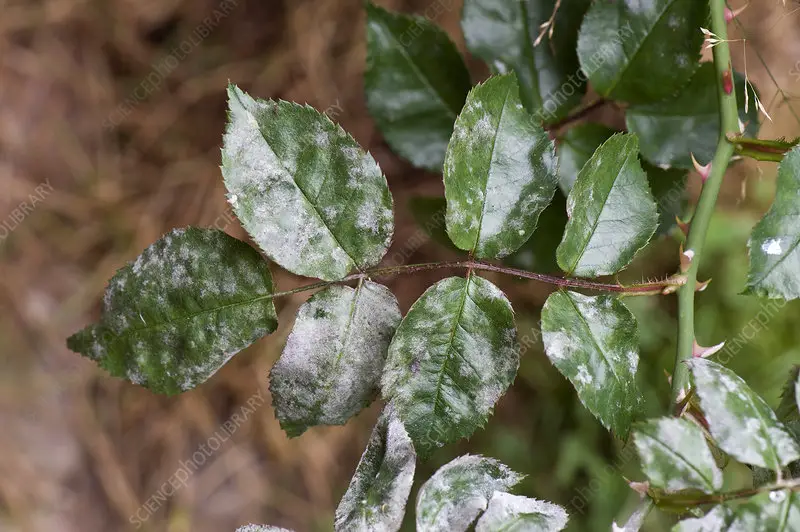
Another customer, John, spoke highly of the versatility of sulfur fungicide, stating, “I grow a variety of fruits and vegetables in my garden, and I was constantly battling different pests. Sulfur fungicide proved to be a game-changer. It effectively controlled not only powdery mildew but also mites, aphids, and other common pests. It’s a reliable and cost-effective solution that has simplified my pest control routine.” John’s testimonial emphasizes the broad spectrum of pests that sulfur fungicide can target and highlights its value in a variety of gardening scenarios. John praised the versatility of sulfur fungicide in controlling various pests such as mites, aphids, and powdery mildew. Sulfur fungicide is seen as a reliable and cost-effective solution for simplifying pest control routines in different gardening scenarios.
For more information about sulfur fungicides watch this youtube video.
FAQs about sulfur fungicides
Can sulfur fungicide be used on all types of crops and gardens?
Yes, sulfur fungicide is suitable for use on a wide range of crops and gardens.
Are there any potential risks or side effects associated with using sulfur fungicide?
While sulfur fungicide is generally safe to use, it is important to follow proper precautions and safety measures to minimize any potential risks.
Can sulfur fungicide effectively control all types of pests?
Sulfur fungicide is particularly effective against fungal pests, but its efficacy against other types of pests may vary.
How often should sulfur fungicide be applied for optimal pest control?
The frequency of sulfur fungicide applications will depend on the specific crop or garden and the severity of pest infestation. It is recommended to follow the instructions provided by the manufacturer.
Can sulfur fungicide be used in conjunction with other pest control methods?
Yes, sulfur fungicide can be integrated into integrated pest management (IPM) strategies, which may involve combining multiple pest control methods for improved effectiveness.
Is sulfur fungicide a sustainable and environmentally friendly option?
Yes, sulfur fungicide is considered a sustainable and environmentally friendly option as it is derived from natural sources and breaks down relatively quickly in the environment.
How does sulfur fungicide enhance plant health and resilience?
Sulfur fungicide helps to prevent and control fungal diseases, which can weaken plants and make them more susceptible to other pests and environmental stresses.
Are there any specific precautions to take when using sulfur fungicide?
It is important to wear protective clothing, avoid inhalation, and follow the recommended application rates and timings to ensure safe and effective use of sulfur fungicide.
Can sulfur fungicide be used on edible crops?
Yes, sulfur fungicide can be used on edible crops, but it is important to adhere to the recommended pre-harvest interval to ensure food safety.
Are there any alternatives to sulfur fungicide for natural pest control?
Yes, there are several other natural pest control methods available, such as neem oil, insecticidal soaps, and biological control agents. It is important to choose the method that is most suitable for the specific pest problem and crop or garden.

Suyash Dhoot, editor at SouthElMonteHydroponics.com, is a pioneering force in hydroponics. His expertise spans nutrient solutions and cutting-edge technology. Through meticulous editing, he elevates the site to a beacon of knowledge, offering invaluable insights. Dhoot’s dedication shapes a greener, more efficient future for agriculture.



